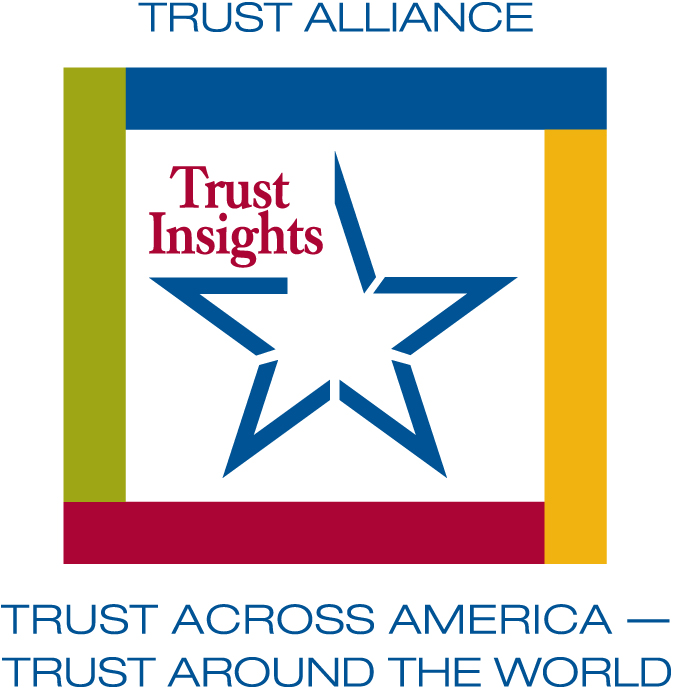 Our 2020 Trust Insights series kicks off with the best trust-building stories of 2019.
Our 2020 Trust Insights series kicks off with the best trust-building stories of 2019.
As the year comes to an end, the news media routinely “treats us” to the top “trust fails,” and 2019 is certainly no exception. This year we saw Boeing, Google, and the continuation of the Facebook trust saga take center stage.
While media outlets hold fast to the belief that only “bad news” sells, Trust Across America-Trust Around the World was launched more than ten years ago, in part to tell the “good” stories that rarely get coverage.
The following list is not about “feel good” PR, CEOs taking stands, philanthropy, “check the box sustainability” or a CSR project, but rather about high integrity leaders who understand the benefits that a long-term holistic trust-building strategy can have on their stakeholders.
While this is not the first year running our year-end review, this one was particularly challenging. Finding ten “trust in action” stories wasn’t easy.
This diverse group of business leaders have gone beyond “talking trust” to sharing their strategy for building it.
The following list is presented alphabetically:
Aron Ain, CEO Kronos
Aron builds trust by focusing on “us” not “me.”
Dr. Richard Baron, CEO of the American Board of Internal Medicine and the ABIM Foundation
Dr. Baron offers insights on building trust with patients.
Marc Benioff, co-CEO Salesforce
Marc considers trust a company’s highest value and explains why.
Anil Dash, CEO Glitch
Anil discusses the role personal accountability plays in building trust.
Hussein Fazal, CEO Snaptravel
Hussien finds common ground, shares responsibility and prioritizes transparency to build trust.
James Filsinger, CEO Yapta
James stresses maintaining culture and rowing in the same direction.
Fisk Johnson, CEO SC Johnson
Fisk is transparently sharing the ingredients in his products so consumers know what they are buying.
Beth Mooney, CEO KeyCorp
Beth is a strong advocate for transparency, truth telling and a mission mindset.
Brian Niccol, CEO Chipotle
Brian talks about the new food safety culture at Chipotle to address customer trust.
Rami Rahim, CEO Juniper Networks
Rami discusses building trust as one of the 3 “Juniper Way” pillars
Congratulations to all of these CEOs!
Let’s work together to build more trust in 2020.
Barbara Brooks Kimmel is the Founder of Trust Across America-Trust Around the World whose mission is to help organizations build trust. She also runs the world’s largest global Trust Alliance and is the editor of the award-winning TRUST INC. book series. Barbara holds a BA in International Affairs from Lafayette College and an MBA from Baruch at the City University of NY.
For more information visit our website at www.trustacrossamerica.com or contact Barbara Brooks Kimmel
PS-
Why aren’t more business leaders choosing to publicly share their stories? This could be attributed to one of several factors:
- Trust is not believed to be a proactive business strategy
- Trust is viewed as a soft skill or taken for granted, and low trust is not considered a risk
- The crisis of the day takes priority
- Only the CEO can “own” trust to communicate it effectively. It can’t be delegated.
You may also join our Constant Contact mailing list for updates on our progress.

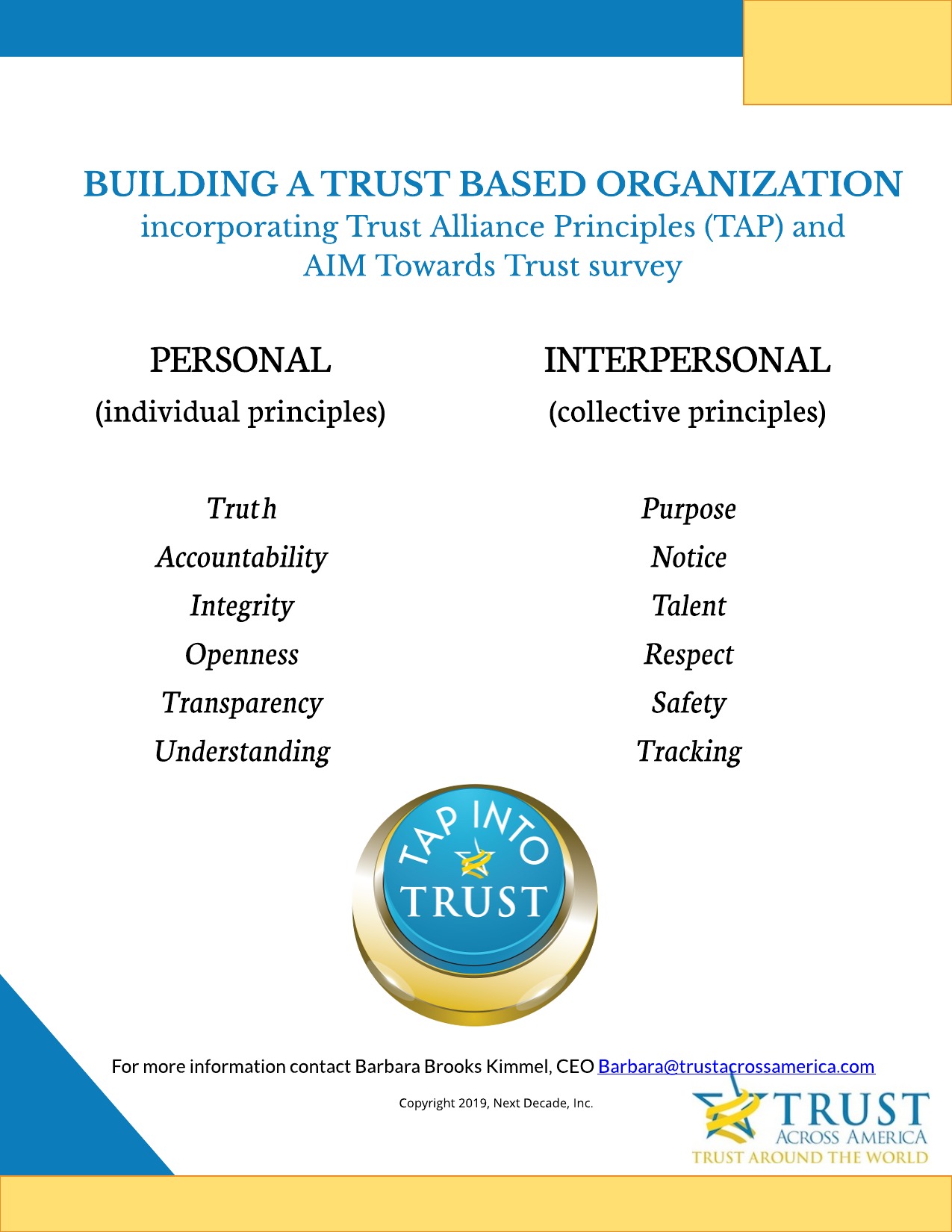
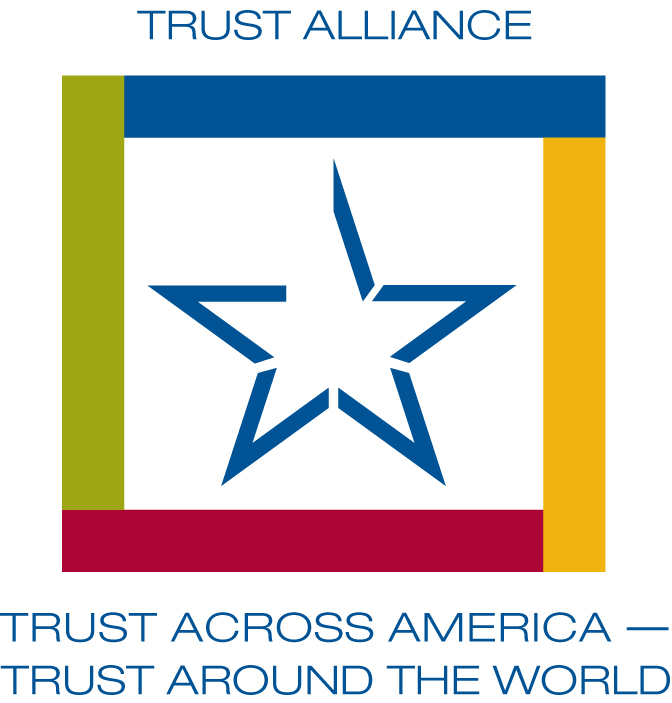
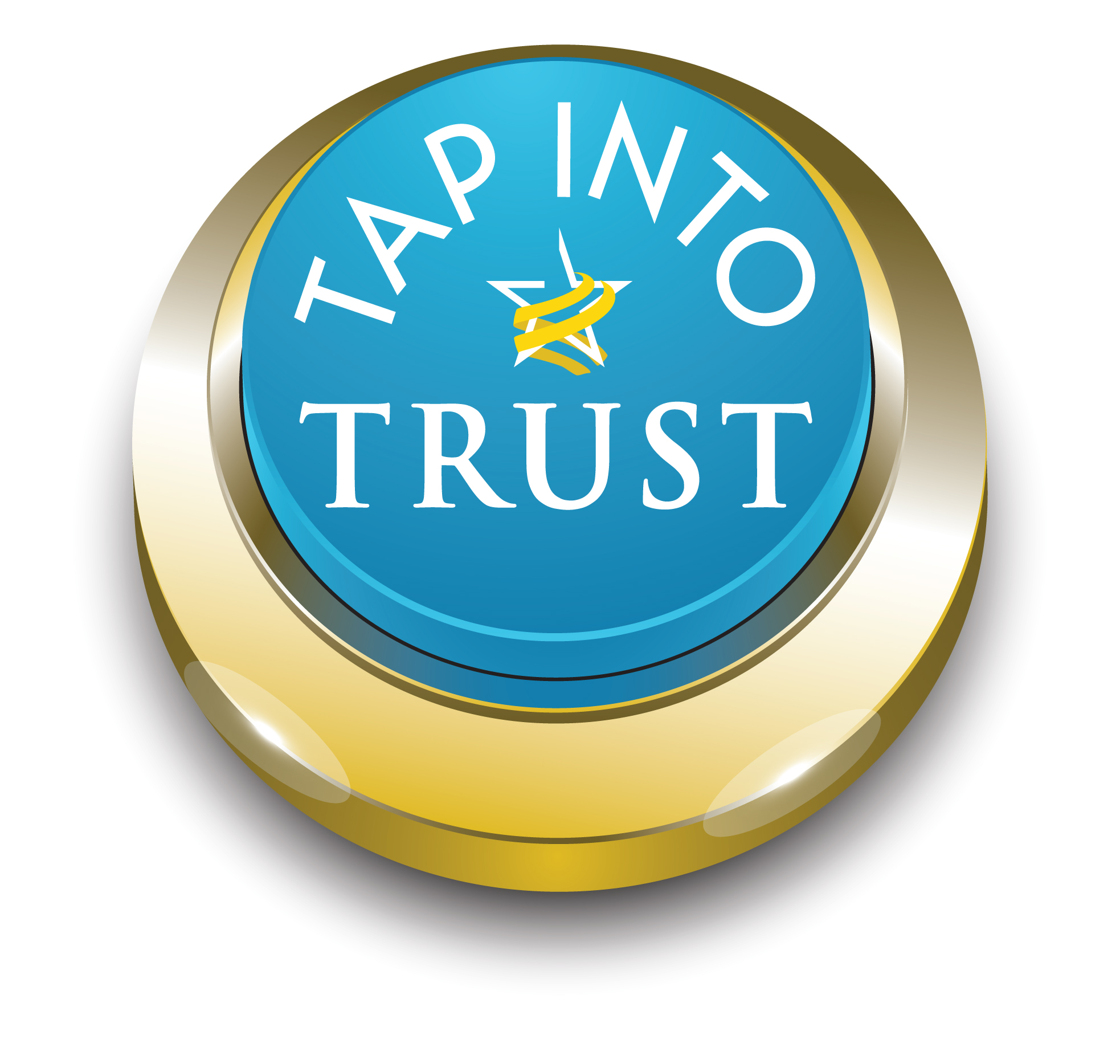
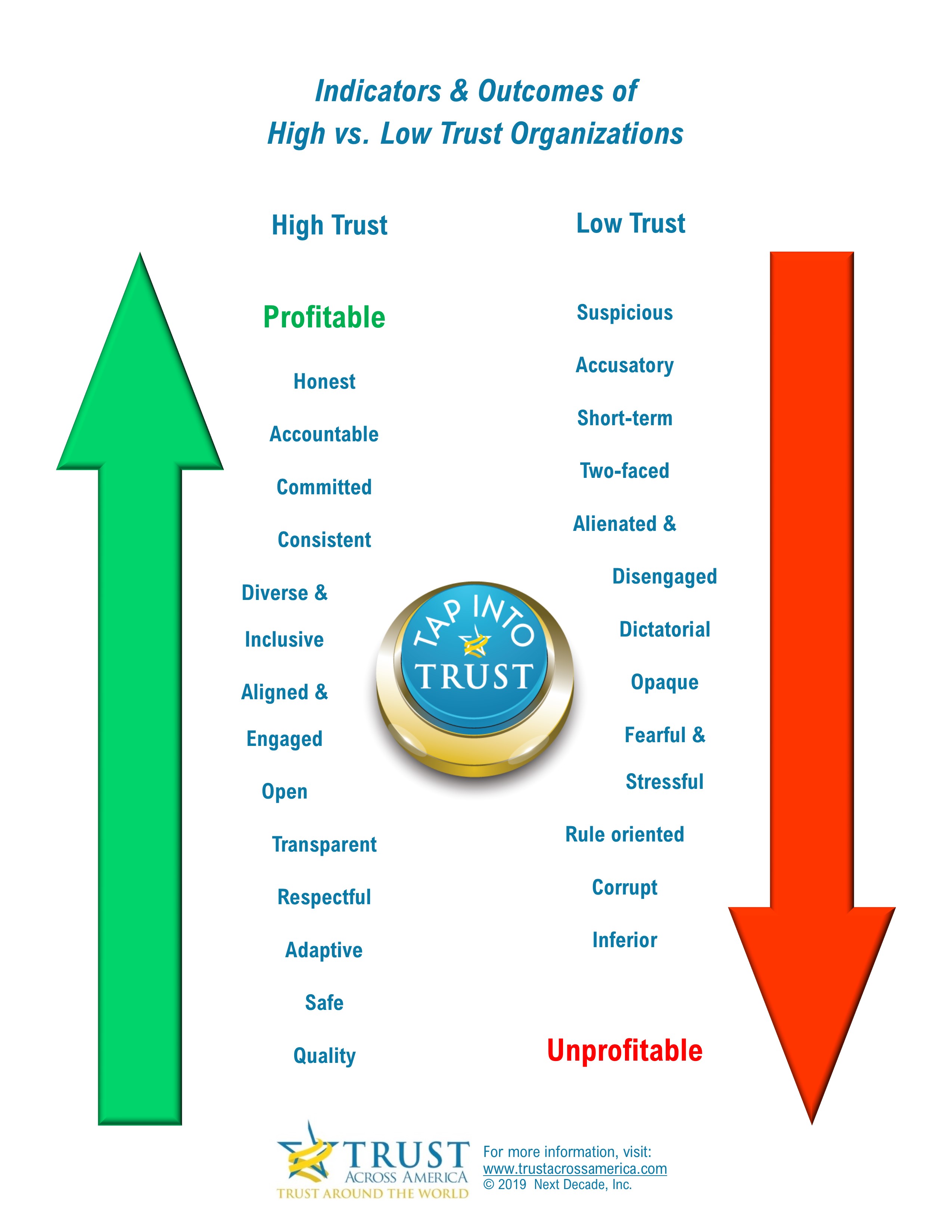
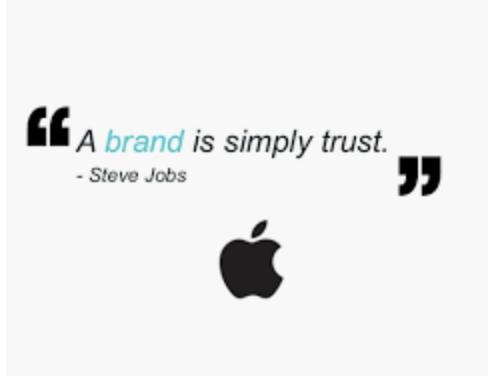
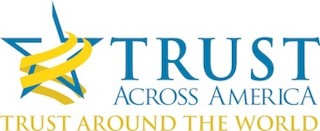
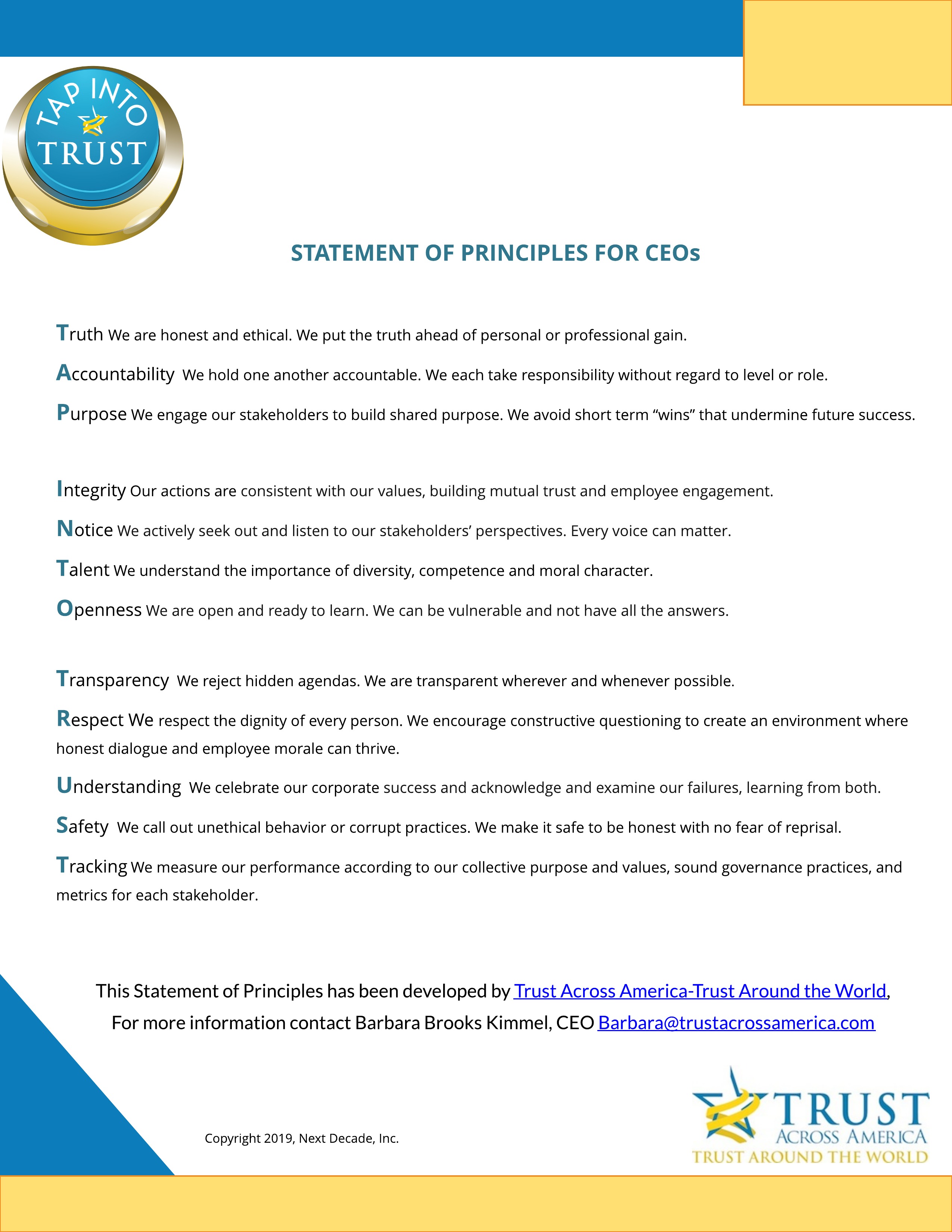

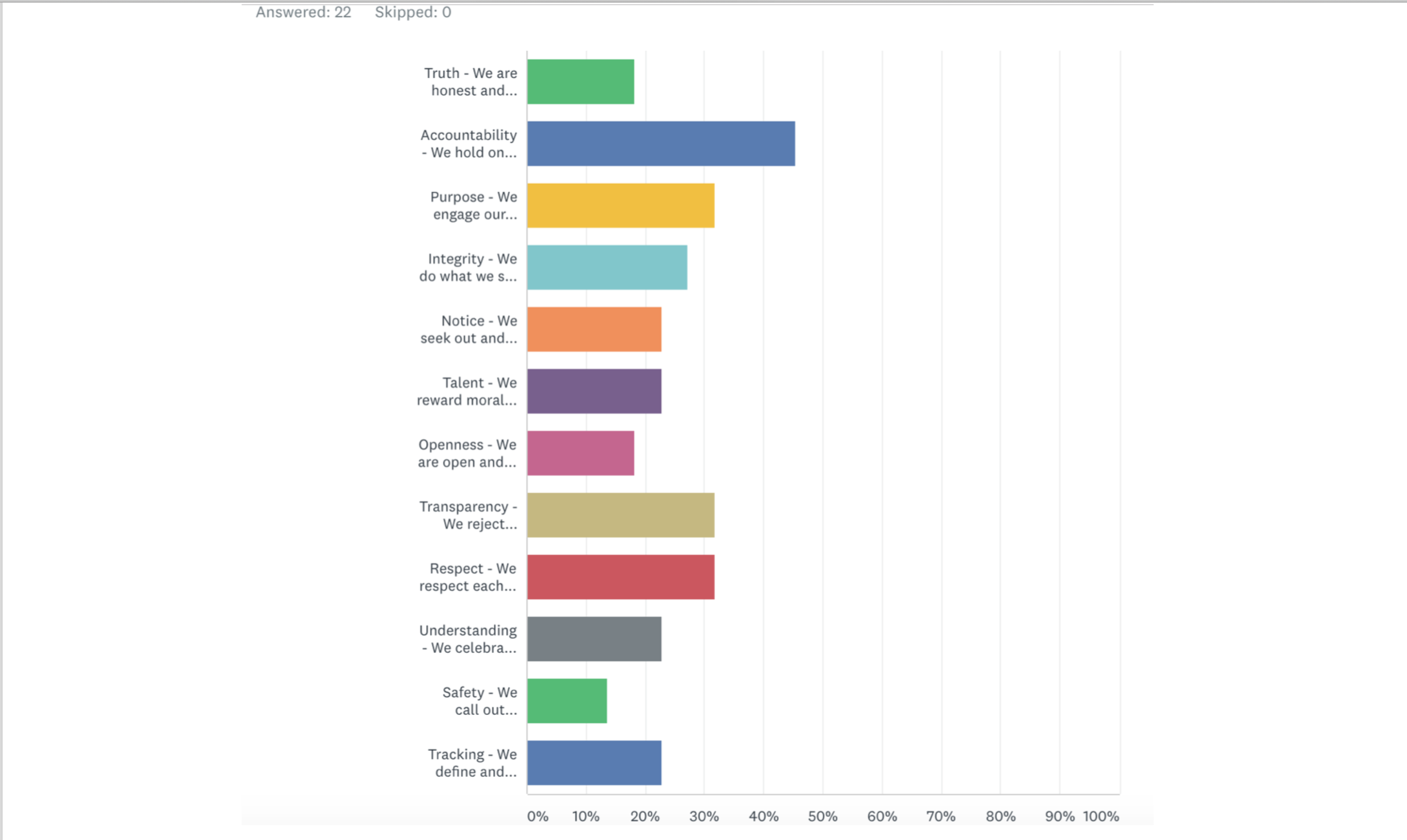
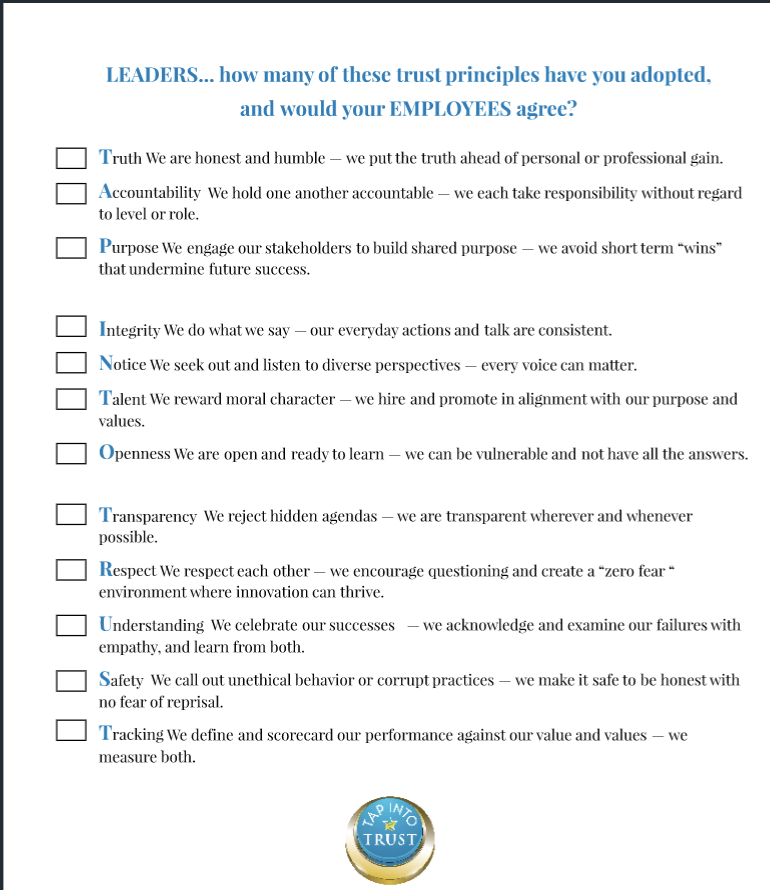
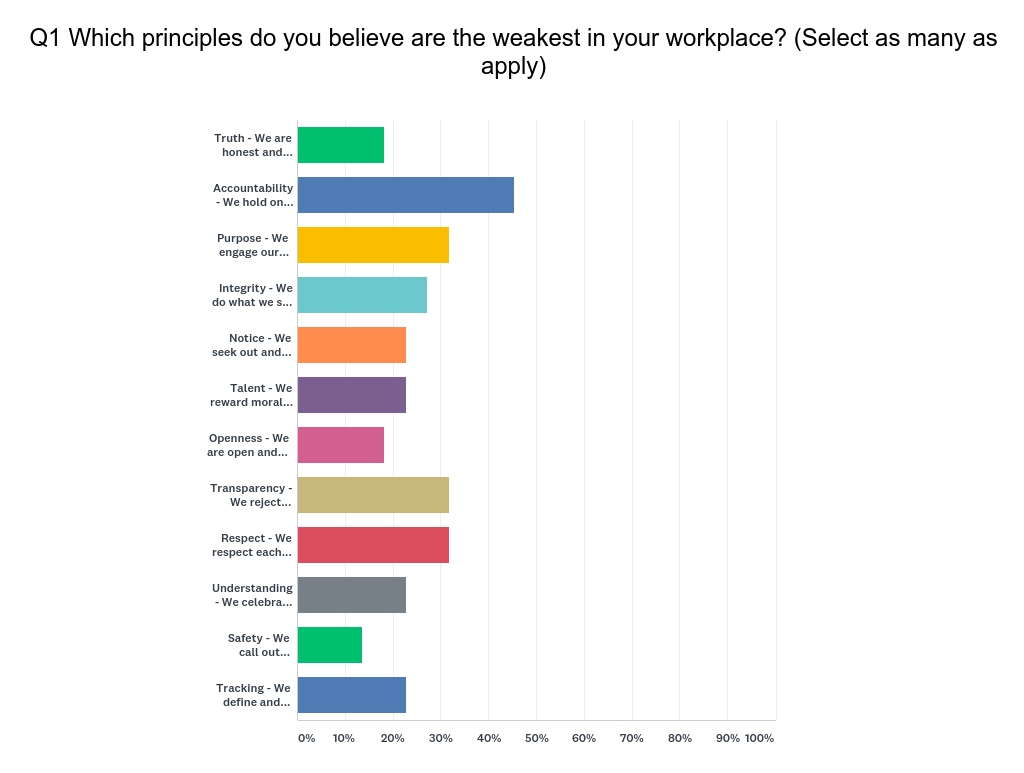
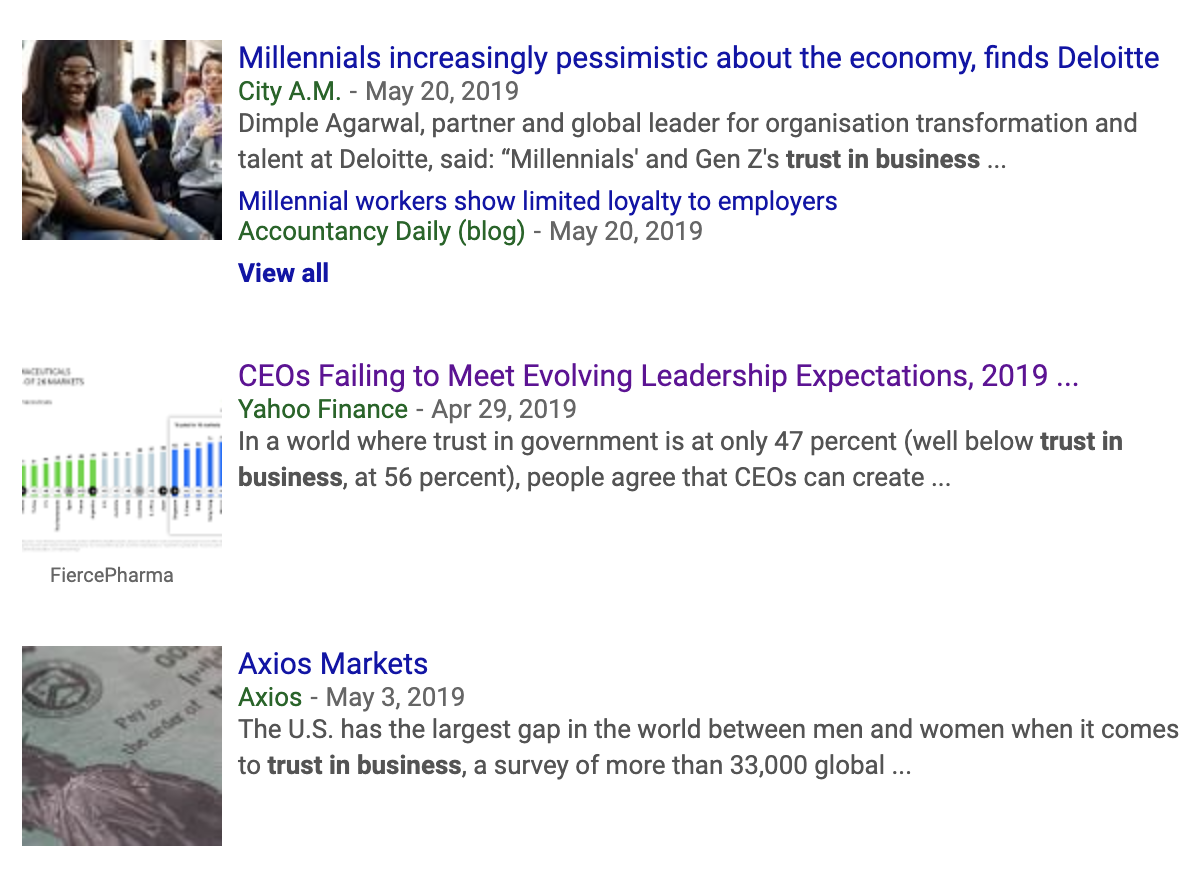
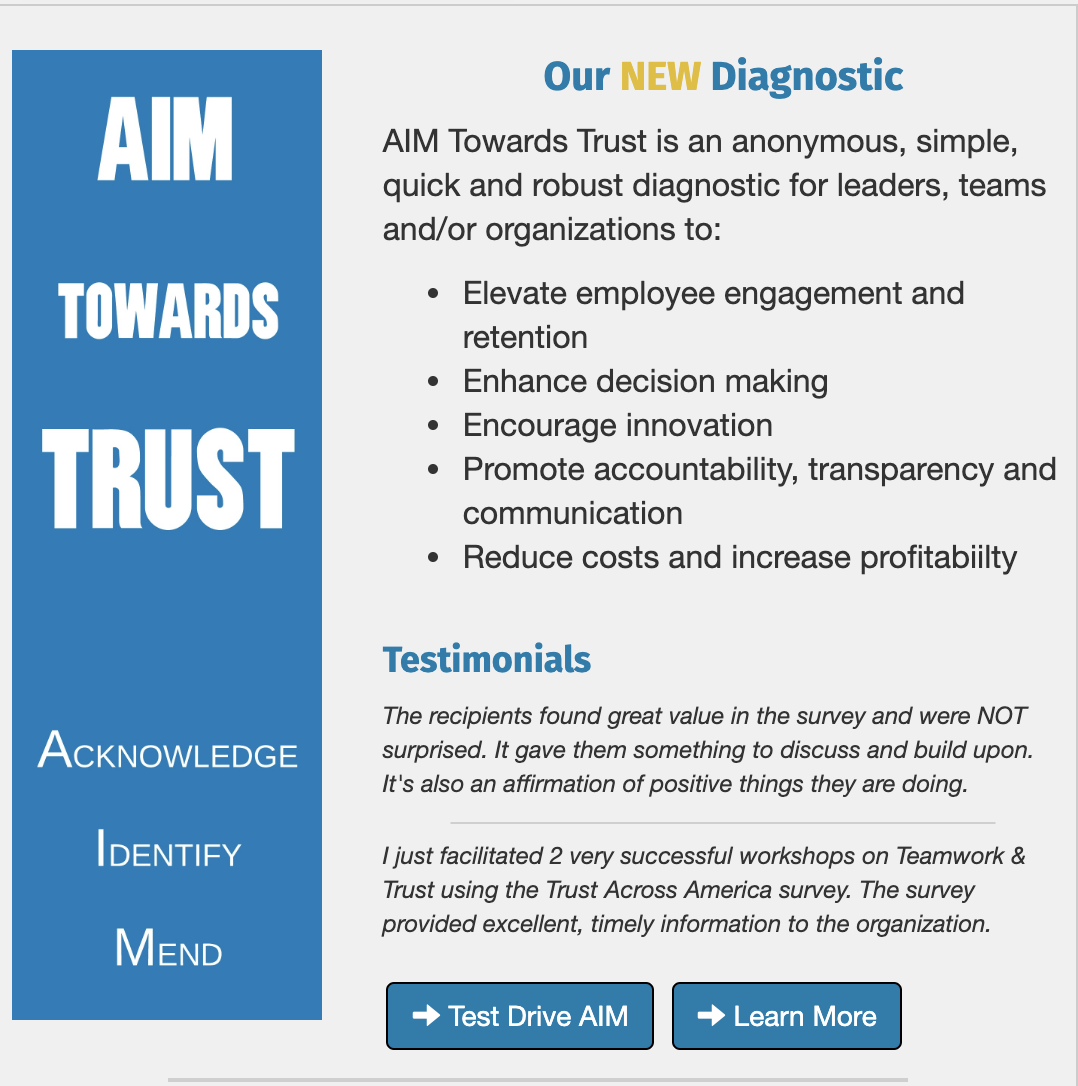

Recent Comments